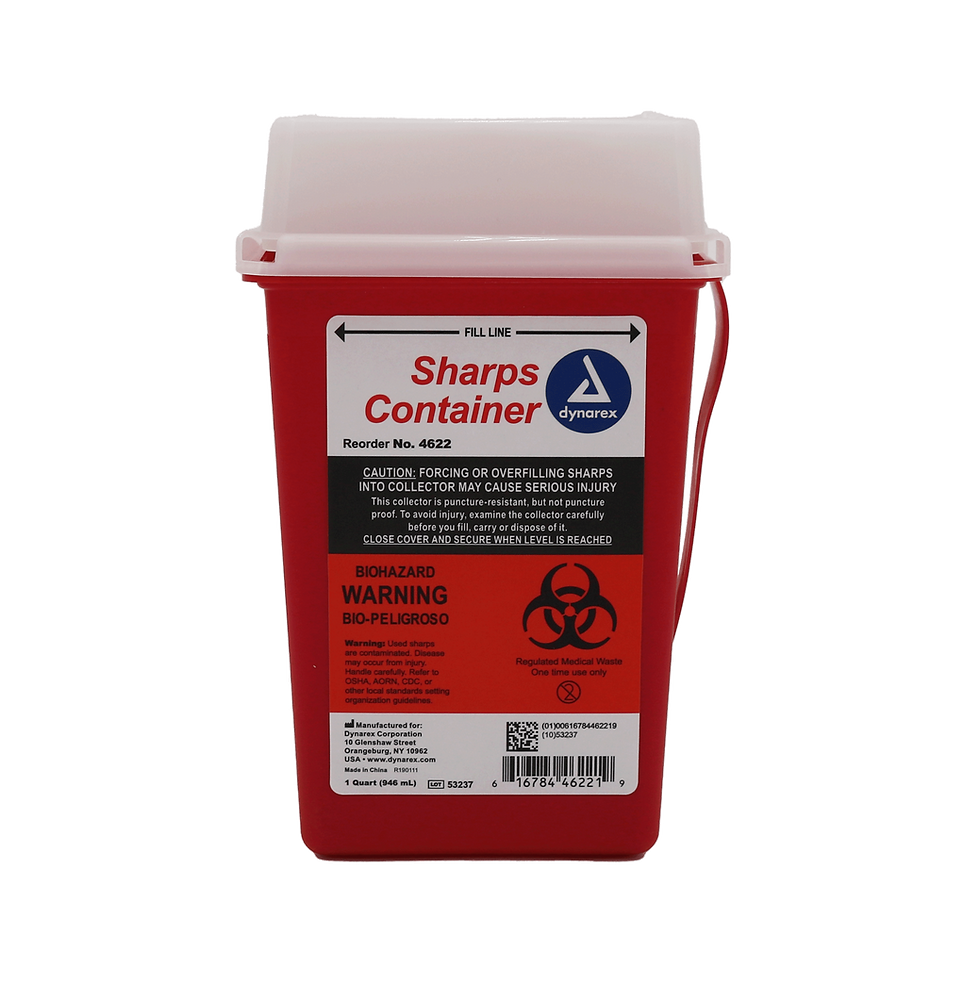How Emergency Ambulance Services Operate
- lpems322
- Sep 29
- 4 min read
When an emergency strikes, every second counts. Knowing how ambulance emergency access works can make a big difference in how quickly help arrives. This guide will walk you through the process, explain key differences in ambulance types, and offer practical tips to help you stay prepared. Whether you live in Norristown, Collegeville, Worcester, or Phoenixville, understanding this system can give you peace of mind and confidence in urgent situations.
Understanding Ambulance Emergency Access: What You Need to Know
Ambulance emergency access is the system that allows ambulances to reach patients quickly and safely. It involves several steps, from the moment you call 911 to when the ambulance arrives and provides care. Here’s how it typically works:
Emergency Call: When you dial 911, the call taker gathers important information about the situation. They ask questions to assess the severity and decide what kind of response is needed.
Dispatching the Ambulance: Based on the information, the dispatcher sends the appropriate ambulance. They also alert the ambulance crew about the information provided to 911 about the patient’s condition.
Ambulance Access: Ambulances use special routes and sometimes traffic signal preemption to get through traffic faster. They may also use sirens and lights to alert drivers to move aside.
On-Scene Care: Once the ambulance arrives, paramedics or EMTs provide immediate medical care. They stabilize the patient and prepare for transport if necessary.
Transport to Hospital: The ambulance takes the patient to the nearest appropriate medical facility, continuing care en route.
Knowing these steps can help you stay calm and cooperate effectively if you ever need to call for emergency help.

How Ambulance Emergency Access Benefits You and Your Community
Ambulance emergency access is designed to save lives and reduce the impact of medical emergencies. Here’s why it matters to you:
Faster Response Times: Ambulances have priority on the road, which means they can reach you quicker.
Specialized Medical Care: Ambulance crews are trained to provide critical care right away, improving outcomes.
Safe Transport: Ambulances are equipped to safely move patients to hospitals while monitoring their condition.
Coordination with Hospitals: Emergency departments are alerted in advance, so they can begin the triage process.
To make the most of ambulance emergency access, you can:
Keep your address and directions clear and easy to find.
Stay calm and answer all dispatcher questions honestly.
Follow instructions from emergency personnel carefully.
If you want to learn more about how an emergency ambulance service operates, this resource offers detailed answers to common questions.

What's the difference between an ambulance and an emergency ambulance?
You might wonder what sets an ambulance apart from an emergency ambulance. While both vehicles provide medical transport, there are key differences:
Standard Ambulance: Often used for non-urgent medical transport, such as moving patients between facilities or to scheduled appointments. These ambulances may not have lights or sirens activated.
Emergency Ambulance: Equipped and staffed to handle urgent, life-threatening situations. They use sirens and lights to navigate traffic quickly and provide advanced medical care on the spot.
Emergency ambulances carry more advanced equipment and highly trained personnel, such as paramedics, who can perform life-saving procedures. Standard ambulances might have EMTs who provide basic care but are not equipped for critical emergencies.
Understanding this difference helps you know what to expect when you call for help and why emergency ambulances get priority on the road.

How You Can Help Ambulances Reach You Faster
Your actions can make a big difference in how quickly an ambulance reaches you. Here are some practical tips:
Clear the Way: If you see or hear an ambulance approaching, pull over safely to the side of the road and stop.
Keep Driveways and Access Points Clear: Make sure your home or building entrance is easy to find and free of obstacles.
Provide Clear Information: When calling 911, give your exact location, describe the emergency clearly, and answer all questions.
Stay Visible: If you are outside, try to stay in a well-lit area where responders' can see you easily.
Follow Instructions: Emergency dispatchers and paramedics may give you specific directions. Following them helps speed up care.
By being prepared and cooperative, you help emergency responders do their job efficiently and safely.
What Happens After the Ambulance Arrives?
Once the ambulance reaches you, the care process continues :
Assessment: Paramedics quickly evaluate your condition to determine the best treatment.
Stabilization: They may provide oxygen, start IVs, control bleeding, or perform CPR if needed.
Communication: The ambulance crew communicates with the hospital.
Transport: You will be safely transported to the hospital, with continuous monitoring and care.
Handoff: Upon arrival, paramedics transfer your care to hospital staff, sharing all relevant information.
It is important to note that once you arrive at the hospital you will be triaged and placed where hospital staff determine is appropriate.
This could mean being placed in the ER waiting room. Just because you arrive via ambulance does not mean that your condition automatically warrants a room or bed.
This seamless process ensures you get the right care at the right time.
Staying Informed and Ready
Emergencies can be stressful, but knowing how ambulance emergency access works can ease your worries. Here are some final suggestions to keep in mind:
Keep emergency numbers saved and accessible.
Share your location details with family or roommates.
Learn basic first aid and CPR to assist before help arrives.
Keep your phone charged and nearby.
Consider registering any special medical needs with local emergency services.
Being informed and prepared empowers you to act confidently in emergencies.
Understanding ambulance emergency access helps you feel more secure and ready. Remember, every step you take to assist emergency responders can save precious time and lives. Stay safe and keep this knowledge close—you never know when it might make all the difference.





Comments